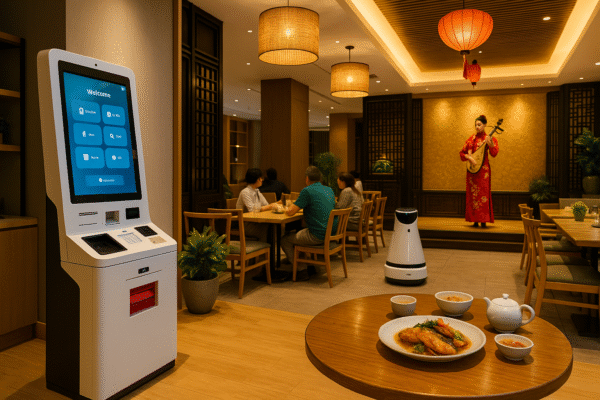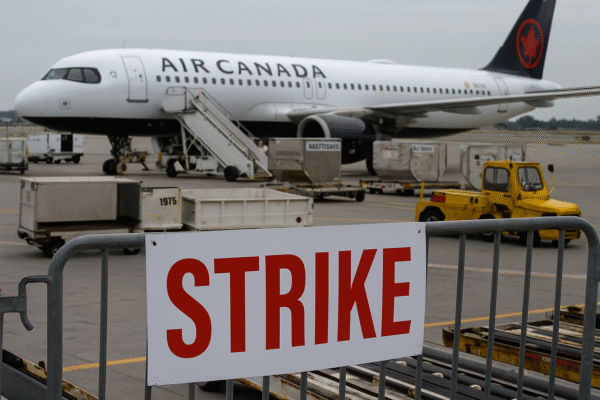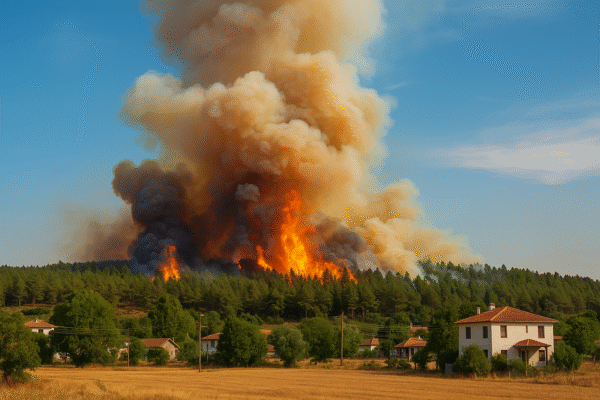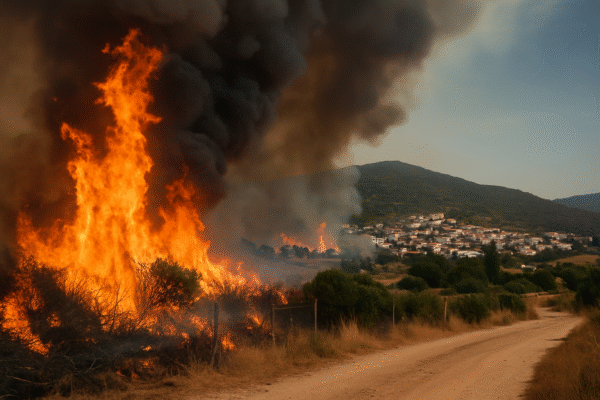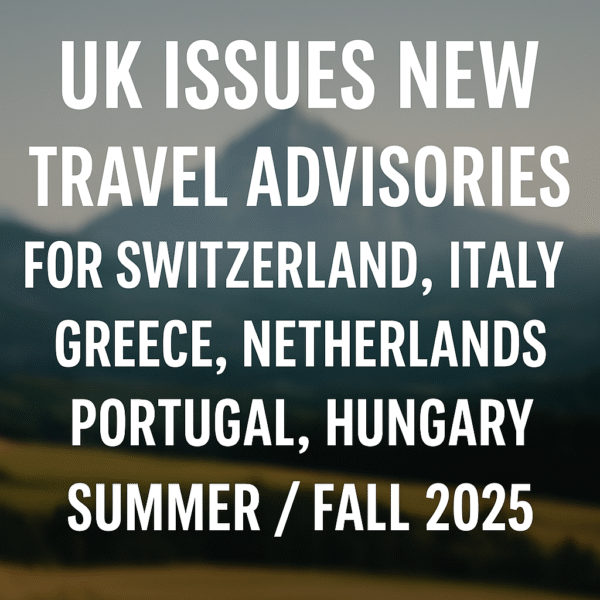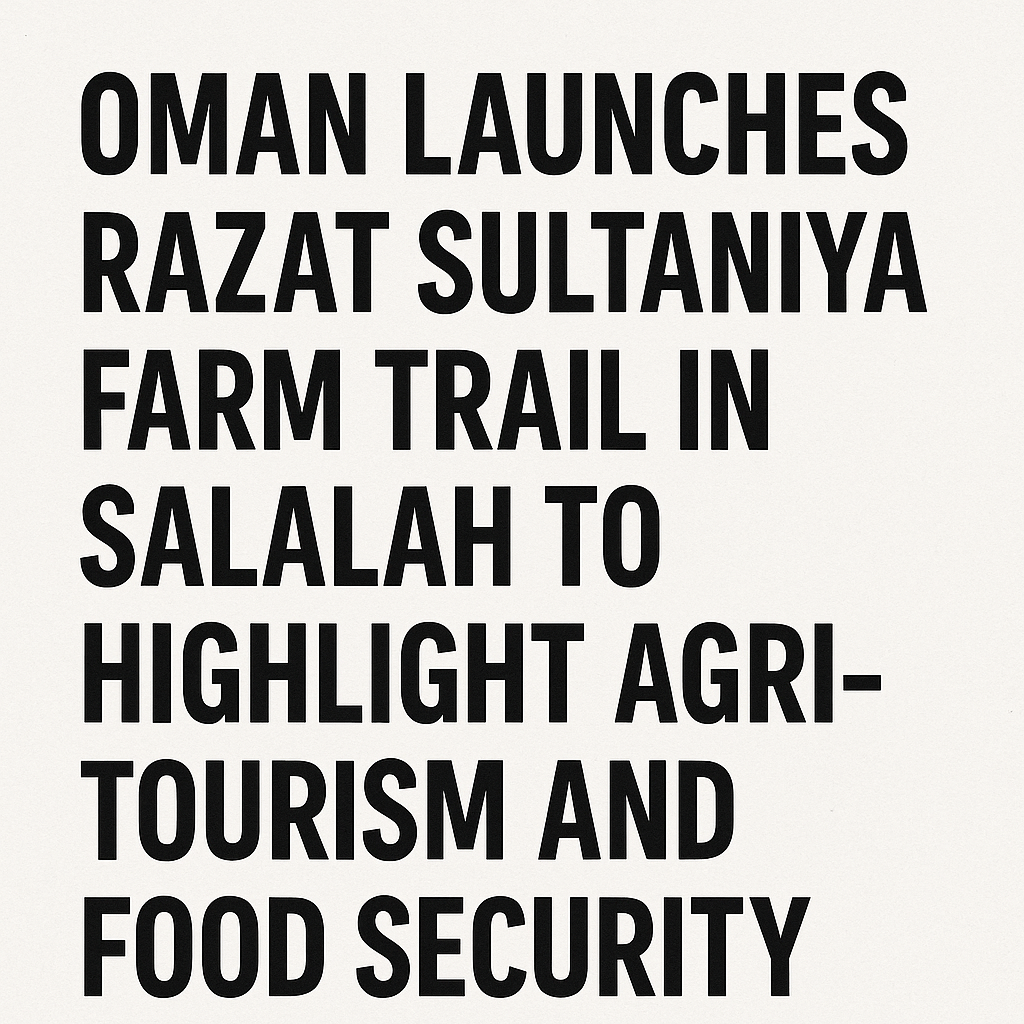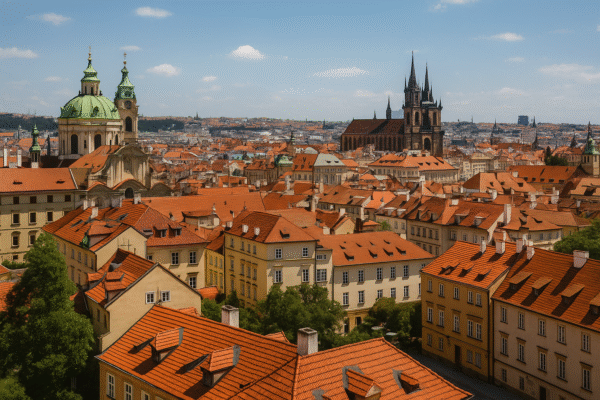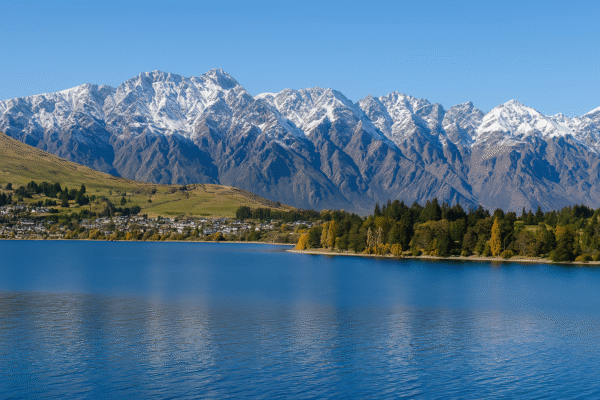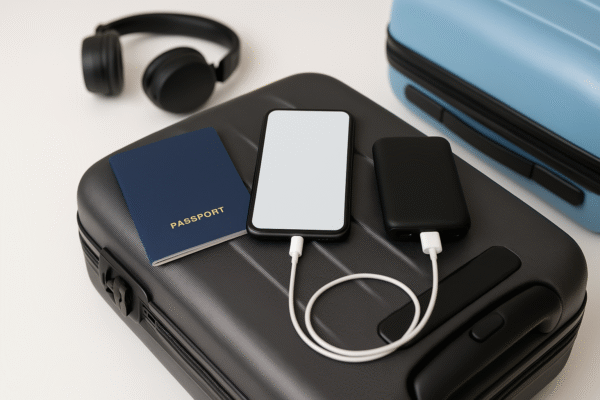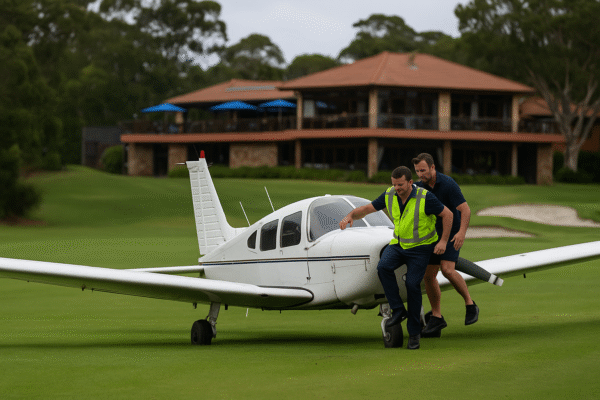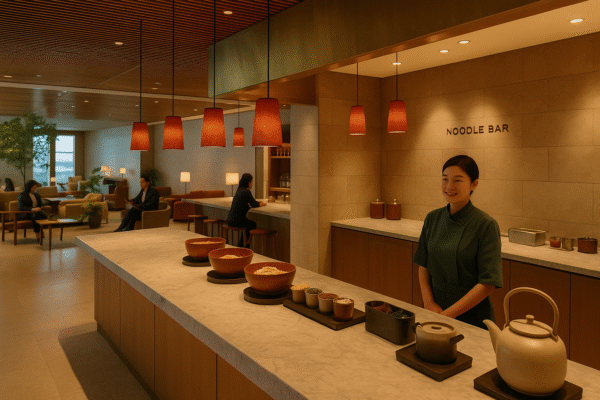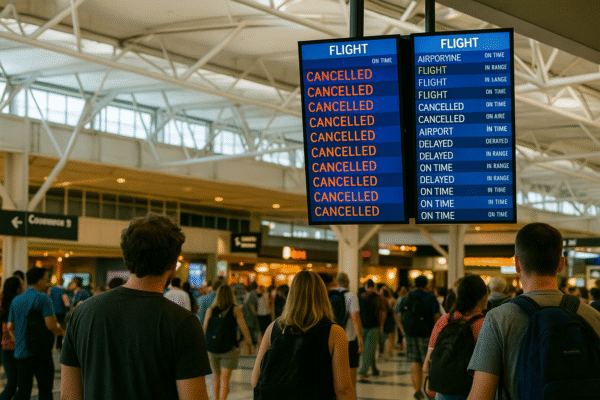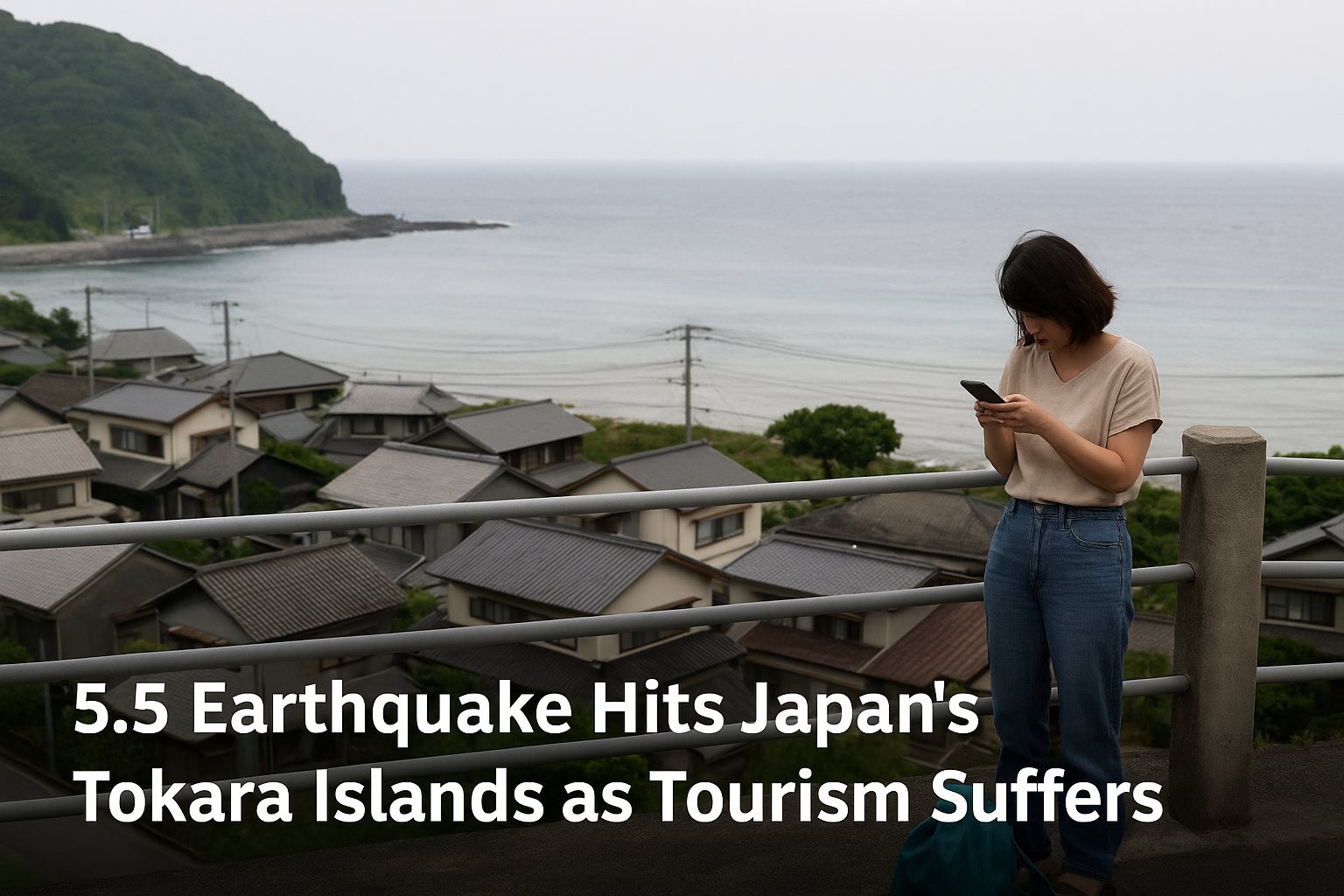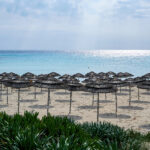Tourism in Japan’s southern archipelago has been shaken—literally and figuratively—following a 5.5-magnitude earthquake that struck near the Tokara Islands on Wednesday afternoon. The tremor, part of an ongoing seismic swarm in the region, arrived just days before a widely circulated “prophetic” manga date forecasting a cataclysmic event on July 5. While no tsunami alert was issued, the quake has intensified public unease and caused travel cancellations across the country, highlighting the fragility of tourism in the face of fear-driven narratives.
The Japan Meteorological Agency (JMA) confirmed that the earthquake struck at 3:26 p.m. at a shallow depth of 10 kilometers. Although no structural damage was reported, strong shaking was felt in Toshima Village, reaching a shindo level of lower 5—enough to displace items, unnerve residents, and halt tourism services. Ferry operations and local sightseeing tours were temporarily suspended as emergency inspections were carried out across schools, ports, and public buildings.
Since late June, over 900 tremors have been recorded in this volcanic region of Kagoshima Prefecture, forming what experts classify as a “seismic swarm.” The frequency and intensity of these quakes, including three registering above shindo 5, have made locals and officials uneasy, even in earthquake-hardened Japan.
While the JMA has reassured that there is no tsunami threat or indication of a mega-quake, the timing of the tremor has amplified panic fueled by a viral prophecy. The source of this anxiety? A manga illustration by artist Ryo Tatsuki, which predicted a July 5, 2025, undersea rupture between Japan and the Philippines, causing a tsunami even larger than the one seen in 2011. Initially dismissed as fiction, the drawing has circulated widely across Asian markets—particularly in Hong Kong, Taiwan, South Korea, and mainland China—sparking a wave of booking cancellations and postponed trips.
Tourism operators across the country report a sharp decline in inquiries. According to industry sources in Tottori and Okinawa, reservations from international travelers have dropped by up to 50% compared to last summer. Travel agencies in Seoul and Taipei have pulled tour packages, and some guesthouses in the Tokara Islands are seeing zero occupancy despite being structurally safe.
The psychological impact is proving more damaging than the quake itself. With the prophecy gaining traction on TikTok, travel forums, and even regional news segments, many families—especially those traveling with children or elderly parents—are choosing to stay home. The result? A nationwide tourism downturn just as the industry was poised to fully rebound from pandemic-era slumps.
Local governments and tourism boards are scrambling to regain control of the narrative. Officials in Kagoshima Prefecture and the JMA continue to issue updates, clarifying the nature of seismic swarms and emphasizing Japan’s advanced disaster preparedness systems. Japan’s early warning alerts, strict building codes, and evacuation protocols are among the most sophisticated in the world, yet fear—especially when tied to viral media—has proven a formidable foe.
Emergency response teams have increased readiness without issuing formal evacuation orders. Shelters have been quietly reviewed, and public education on earthquake safety is being pushed through official apps and travel channels. Signage indicating tsunami routes has been reposted in coastal areas, and community drills are being quietly planned.
Meanwhile, small towns like Akuseki and Nakanoshima are experiencing a tourism freeze. While no physical damage prevents visitors from arriving, the emotional toll and social media-driven anxiety are causing ripple effects far beyond the quake zone. Ferry services continue to operate on modified schedules, and local hospitality providers have voluntarily closed their doors due to lack of guests—not structural risk.
The government faces a unique crisis: How to fight fear without feeding it. Tourism boards are shifting messaging to highlight Japan’s reliability, resilience, and readiness, while subtly distancing themselves from the speculative panic tied to July 5.
Whether the prophecy proves false or coincidental, its effects are undeniably real. Travelers have altered itineraries. Bookings have plummeted. And a nation known for preparedness is being tested not just by nature, but by narrative.
For now, life continues on the surface. Planes fly. Ports remain open. But beneath the surface—both tectonic and emotional—there’s a tension that even the best infrastructure can’t entirely soothe.
As Japan holds its breath in the days leading to July 5, the tourism sector must brace for continued volatility. Experts agree: there is no scientific evidence supporting the doomsday prediction. Still, officials urge travelers to stay informed via verified sources like the JMA and regional authorities. While caution is prudent, panic serves no purpose.
One thing is certain: this summer’s tourism story in Japan won’t just be written in visitor statistics, but in how the country balances fact, fear, and the ever-shifting ground beneath it.
For more travel news like this, keep reading Global Travel Wire


